free shipping desktop
What Shoe Features Help Improve Stability: A Guide to Key Features

Finding shoes with stability features is important for anyone looking to improve balance, reduce injury risk, and keep their feet comfortable. Stability in footwear means that the shoe supports the foot well enough to prevent excessive motion (side-to-side or inward rolling) during walking or running. This is common for individuals with conditions like overpronation, flat feet, or ankle instability caused by arthritis, injury, or weak ligaments.
Shoes with stability features aren’t just for athletes or people with foot problems—they’re helpful for anyone who wants added support and a more secure stride. In this article, we’ll dive into the shoe features that enhance stability, from the structure of the heel to specialized stability technologies.
The Importance of Stability in Footwear
Stability is a major factor in maintaining balance and alignment, helping prevent injuries like ankle sprains or knee pain. Shoes with proper stability can support healthy posture and reduce strain on muscles and joints. People with flat feet, high arches, or foot alignment issues often find that shoes with stability features help manage discomfort and keep their gait steady.
Who Needs Stability Features?
While stability features in footwear can provide added support and control for many people, they are especially helpful for individuals with certain foot conditions, such as overpronation or flat feet, or for those with active lifestyles that demand additional support. However, for people without these needs, overly rigid stability features may feel unnecessary or even restrictive.
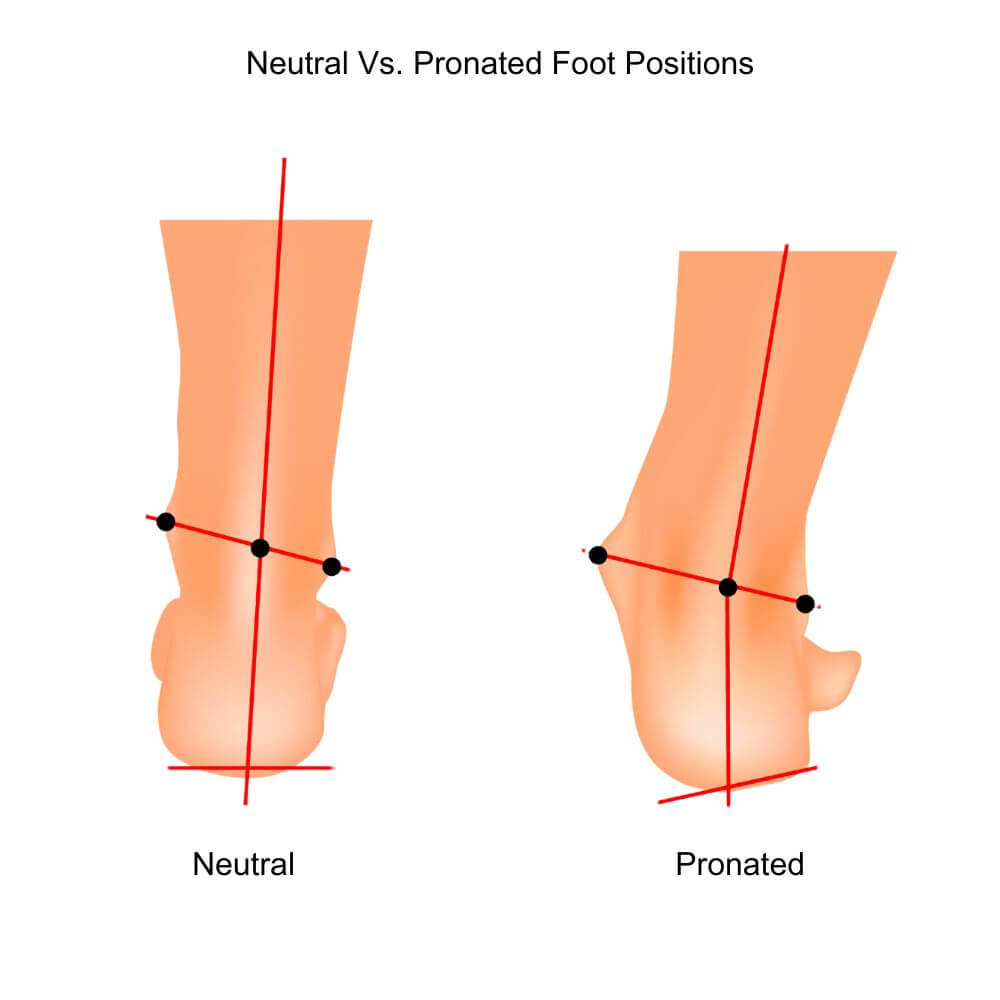
For example, someone with overpronation—where the foot rolls inward too much when walking—may benefit from a shoe with firm heel counters and arch support to help control that movement. People who work on their feet all day, like teachers, healthcare workers or restaurant staff, often experience foot fatigue and discomfort from prolonged standing and walking, so wearing footwear with stability features can help with foot posture and reduce strain. Additionally, older adults may find that stability-focused shoes help with balance and prevent falls.
Shoe Features That Enhance Stability
Firm Heel Counter
A firm heel counter is the structured part of the shoe that wraps around the back of the heel. This feature prevents excessive side-to-side movement, which helps maintain alignment from the heel to the ankle. For example, someone with overpronation might feel more stable in a shoe with a reinforced heel counter, as it minimizes inward rolling of the foot.
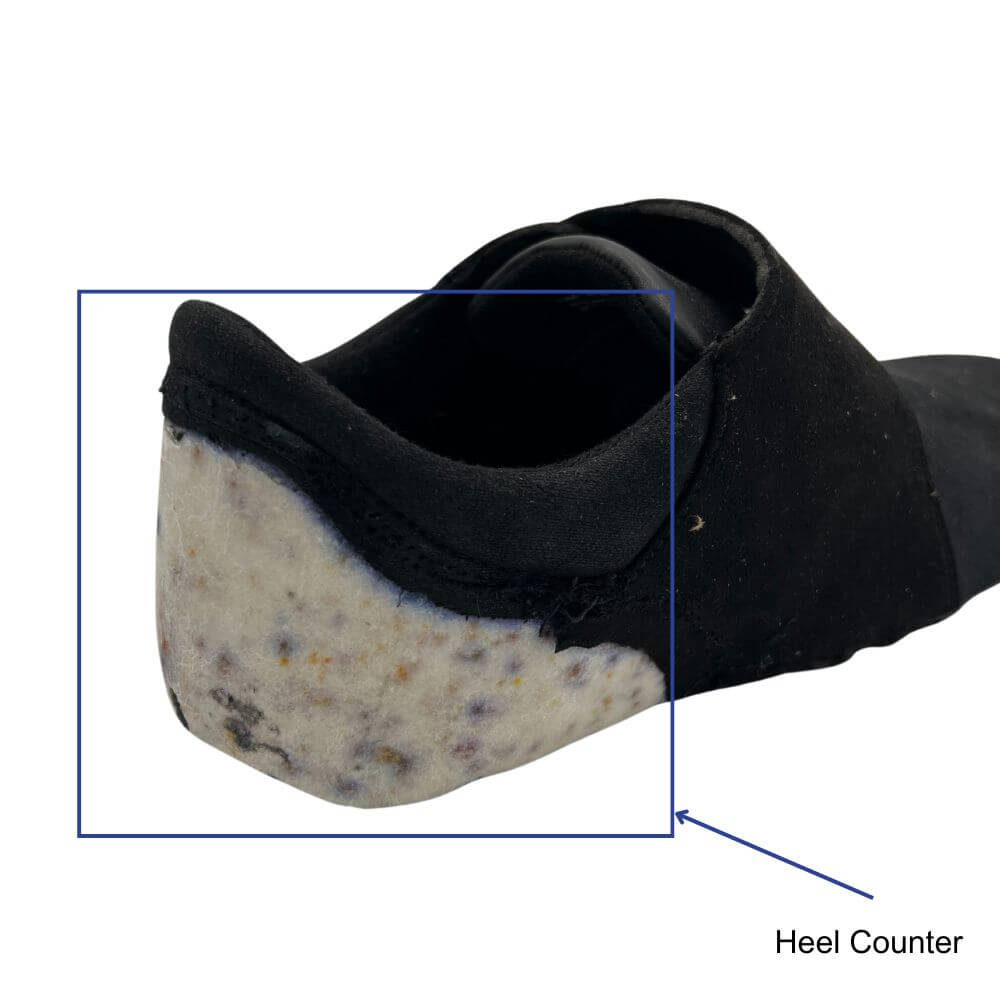
Wide Shoe Base
A wide shoe base or shoes with a straight-last design offers a stable platform that supports natural foot mechanics, reduces strain, and enhances overall comfort and confidence in movement. A wider platform for your feet allows them to spread out naturally to distribute weight more evenly across the foot, helping to maintain balance during walking or standing. This feature also prevents excessive lateral (side-to-side) movement of the foot, which can help prevent ankle rolling or instability.
For active individuals, the wider shoe base offers improved stability during quick directional changes or high-impact activities.

Arch Supportive Insoles
Proper arch support helps maintain the natural alignment of the foot, reducing the risk of excessive inward or outward rolling (overpronation or supination). Shoes with good arch support distribute body weight more evenly across the foot, minimizing pressure points and reducing strain on the arch, heel, and forefoot. By keeping the foot in a neutral position, arch support enhances balance and provides a solid foundation for walking or running.
An arch supportive insole design includes a contoured shape. This design has a deep heel cup and raised arch area to match the natural curvature of the foot, providing targeted support where it’s needed most. The contouring helps cradle the arch for both comfort and stability.
Some shoe styles feature a removable insole so that you can replace the insole with custom orthotics if additional support is required.
Dual-Density Midsoles
Dual-density midsoles are designed to provide both support and comfort by combining firmer material on the inner side of the shoe (medial side) with softer material on the outer side (lateral side). This combination helps control overpronation while offering cushioning for the entire foot. This feature is common in stability walking shoes, where control of the foot’s inward roll is crucial for reducing strain on the knees and ankles. By managing motion without compromising comfort, dual-density midsoles offer a balanced feel that’s ideal for people with pronation issues.
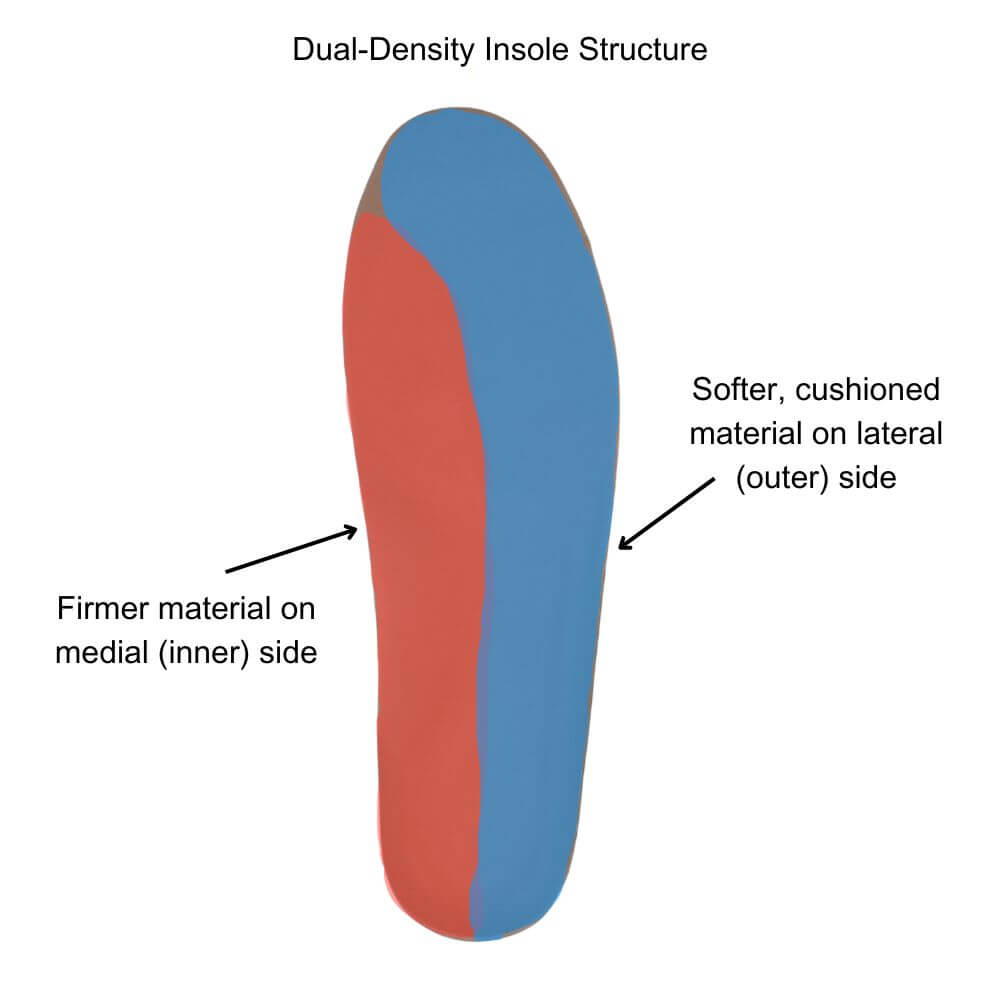
Medial Posts
Medial posts are firmer materials placed within the midsole along the inner side of the shoe, giving additional support to prevent the foot from rolling inward. These are often used in stability running shoes or walking shoes to correct overpronation, providing a more natural gait. Using shoes with medial posts can significantly reduce inward foot motion, helping users maintain a stable stride.
ROLLBAR® Technology
New Balance ROLLBAR® Technology, often found in New Balance shoe styles designed for motion control, is a rigid, thermoplastic device embedded into the heel area of the midsole. This feature acts as a stabilizing mechanism to limit excessive movement of the heel and arch and is ideal for those who need extra control at the heel. Rollbars help reduce excess rotation of the foot, keeping the wearer stable on various surfaces.
The technology helps maintain a more neutral gait cycle by correcting misalignments in foot motion. By controlling excessive rearfoot movement, the rollbar reduces strain on the ankles, knees, and hips, which helps prevent injuries related to overpronation or supination.
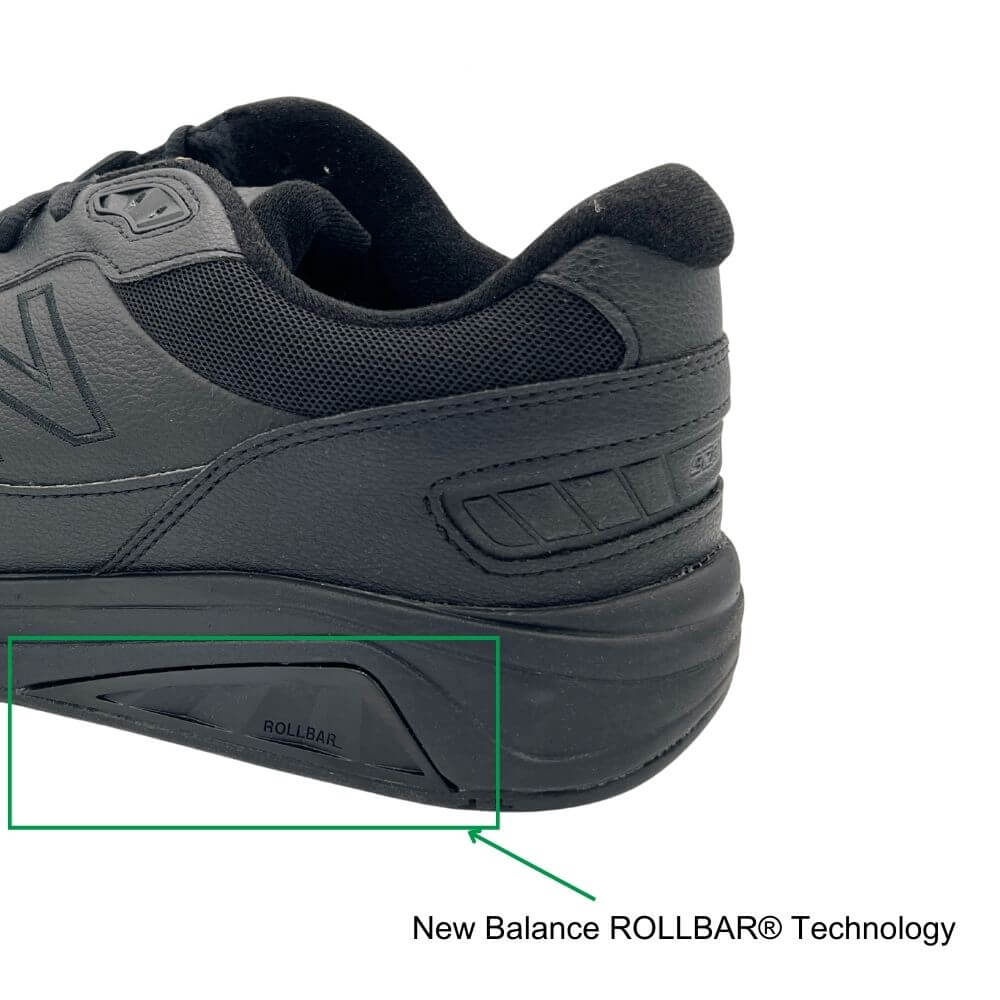
Midsole Shank
A midsole shank is a supportive piece, typically made of plastic, fiberglass, or steel, also embedded in the midsole of the shoe running from the heel to the forefeet. Its primary function is to provide structural integrity to the midfoot area, preventing excessive twisting or flexing of the shoe. By offering extra rigidity, midsole shanks help stabilize the foot during motion, particularly on uneven terrain or during activities that require lateral movements.
Shoes with a midsole shank promote a balanced gait and minimize the risk of injury by keeping the foot in a neutral and supported position. Whether you're walking, running, or standing for long periods, this feature ensures durability and optimal performance.
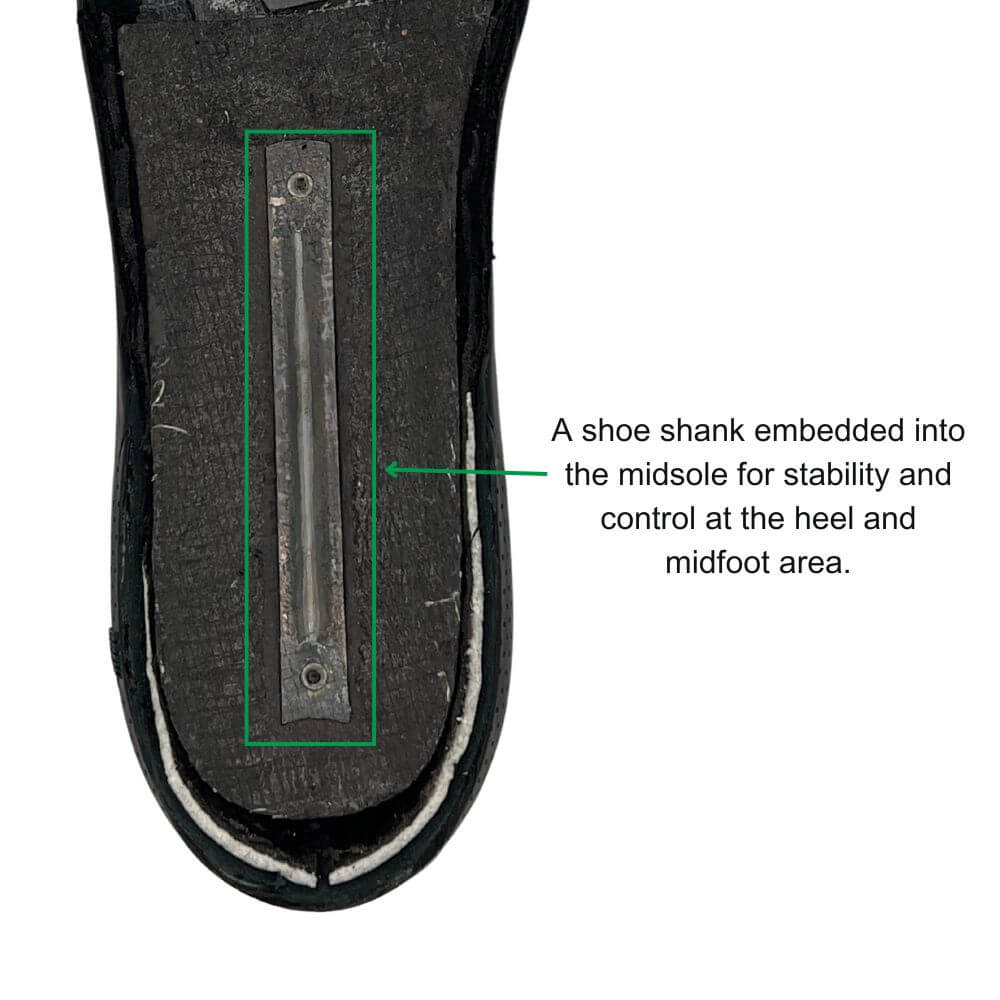
Outsole Design for Traction and Stability
Slip-Resistant Outsoles
A slip-resistant outsole provides traction, especially on wet or slippery surfaces. Shoes with rubber outsoles featuring tread patterns or grooves offer improved grip, which is crucial for stability. For example, healthcare workers often rely on shoes with slip-resistant outsoles because they can encounter slippery surfaces. This type of outsole reduces the risk of falls, making it an essential feature for both indoor and outdoor settings.
Low to Moderate Heel-to-Toe Drop
The heel-to-toe drop is the difference in height between the heel and the front of the shoe – measured in millimeters (mm). Low (4-6 mm) to moderate (8-10mm) heel-to-toe drops can be a good choice for stability since they balance natural foot motion and cushioning.
Low drops encourage a more natural gait and benefit individuals with a more neutral gait without the need for excessive heel cushioning. Moderate drops provide more heel cushioning than low drops but still allow a natural foot motion and smooth transition from heel to toe in the gait cycle.
The low to moderate drops provide a stable platform without overcorrecting gait or adding unnecessary bulk in the heel area. However, the ideal drop can vary on the persons foot mechanics and strike pattern.
Overall, moderate drops are a universally reliable option and work well for most foot types.
Additional Features for Customized Stability and Comfort
Adjustable Closures (Laces, Hook-and-Loop Straps)
Adjustable closures allow for a customized fit, which can greatly improve stability by securing the foot in place. Laces or straps that can be tightened help reduce foot movement inside the shoe, which is especially helpful for those with different foot shapes. For instance, if someone has a high instep and often finds their foot slipping forward in standard shoes, an adjustable closure can help hold the foot in the correct position.
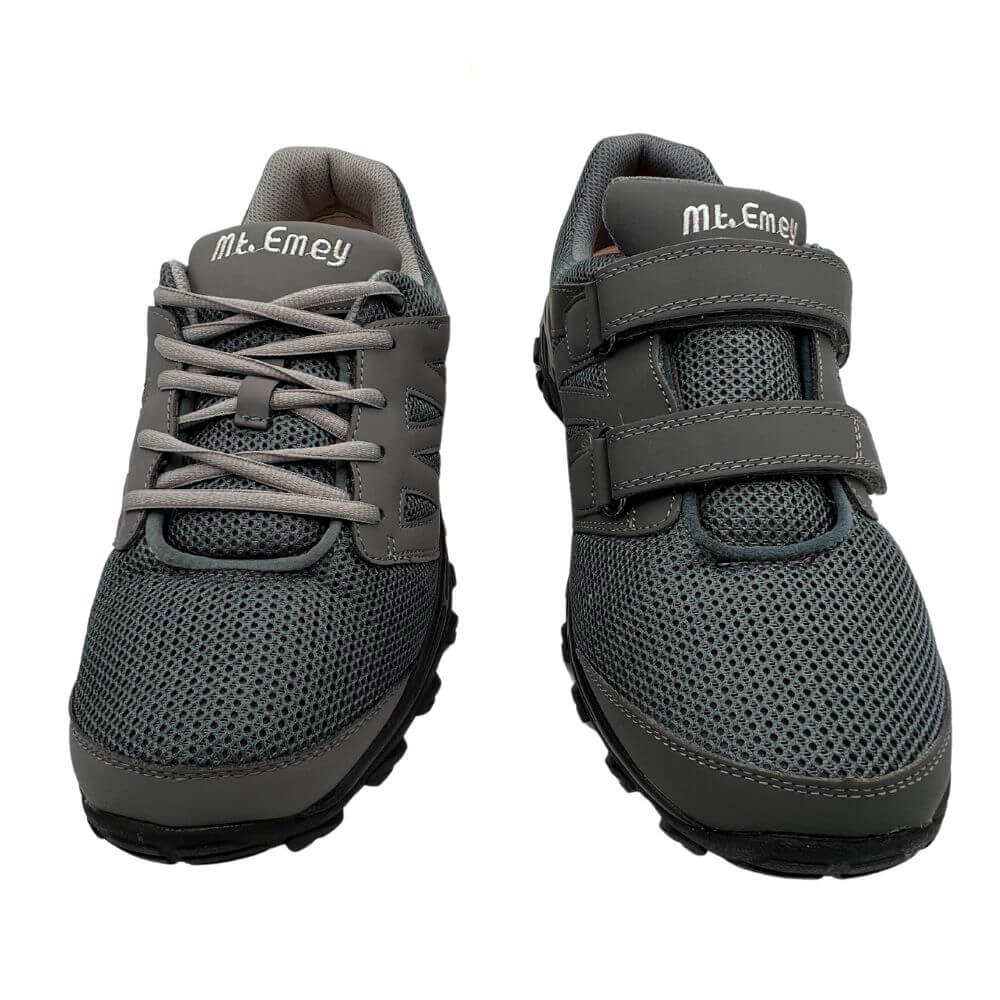
Orthotic Compatibility
Shoes that are orthotic-compatible allow users to insert custom orthotics, providing additional support exactly where it’s needed. Orthotic compatibility is ideal for people who need specific arch support or heel cushioning due to conditions like plantar fasciitis or pronation issues.
Custom orthotics can improve stability with a device made specifically for your foot condition and shape. For example, someone with flat feet may need extra arch support that’s not typically included in standard shoe designs or over-the-counter insoles, so a custom orthotic allows them to personalize their support.
Choosing shoes with stability features can make a big difference in comfort, safety, and foot health. Whether you’re looking for extra control to prevent overpronation, added grip for slippery surfaces, or a secure fit for all-day wear, stability-focused footwear can help. By focusing on key features like firm heel counters, dual-density midsoles, and wide-based shoes, you can find shoes that keep you grounded and confident with each step. Remember, the right shoe features aren’t just about comfort; they’re about supporting your body as a whole. Next time you’re shopping for shoes, keep these stability features in mind to ensure a balanced and comfortable fit.
About author:
Derek Roach is a foot health expert with over a decade of experience in the orthopedic shoe industry. He has helped thousands of customers find the right footwear for their unique foot conditions. His expertise has been featured in major publications such as CNN, Women's Health Mag, HuffPost, and Healthline. Passionate about foot health and comfort, Derek provides practical advice to help people improve mobility and reduce foot pain through proper footwear choices.


